Views: 0 Author: Site Editor Publish Time: 2025-09-11 Origin: Site










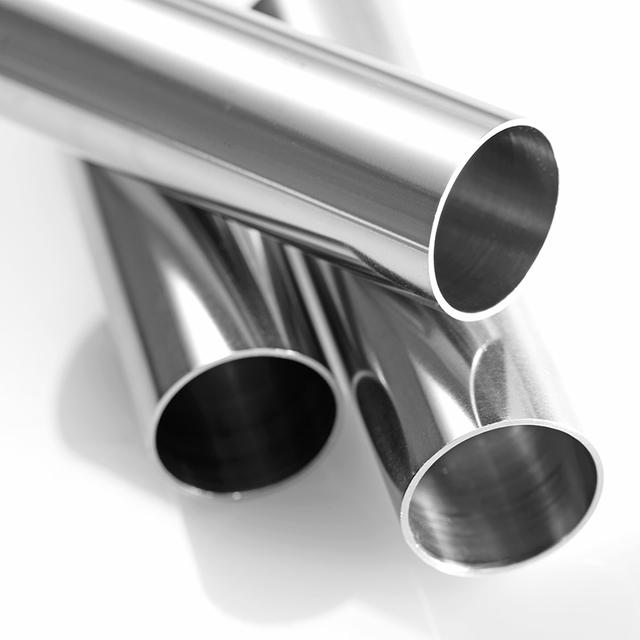
You see big changes happening with capillary tube use in energy for 2025. More people are using new capillary tube parts and cooling that saves energy. There is more growth in heat exchange systems. People are also working to make things better for the environment. New technology has helped thermal and environmental performance. Huashang Steel is a leader in making precise Tubes. Look at the chart below. It shows how HVAC, refrigeration, and copper capillary tube imports help energy systems change and improve.
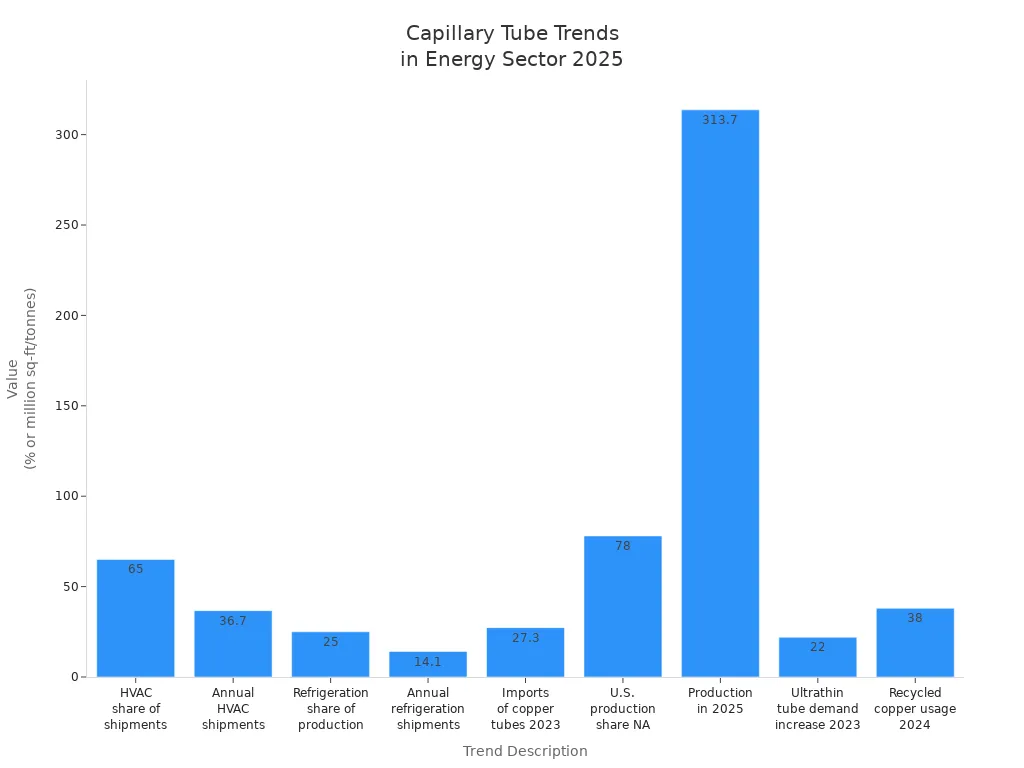
Capillary tubes help control how fluids move in energy systems. They make HVAC and refrigeration work better. Using capillary tubes can save a lot of energy. This helps the environment and saves you money. New materials like copper and special alloys make capillary tubes work better and last longer. Smart monitoring technology lets people watch how capillary tubes work in real time. This helps find problems early and use less energy. The market for capillary tube accessories is growing fast. More people want energy-saving solutions in HVAC and renewable energy systems.
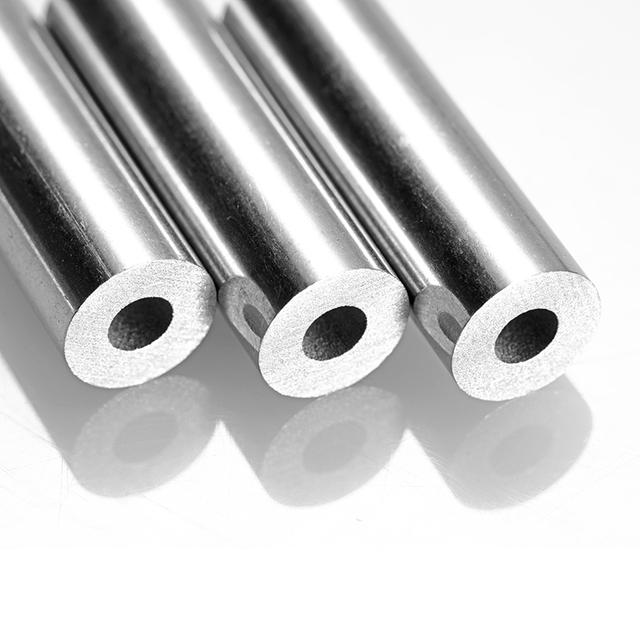
Capillary tube technology is used in many energy systems today. Capillary tubes are very thin tubes. Their inside can be only a few micrometers wide. These tubes use capillary action. This means liquid moves because of surface tension. Capillary tubes are found in systems that need careful flow control.
Capillary tubes control how refrigerant moves in cooling systems. They help air conditioners and refrigerators cool by lowering pressure.
Hydraulic systems use capillary tubes to manage fluid flow. This helps machines work well and stay efficient.
Capillary tubes help heat exchange systems work better. They also help with thermal management. They play a part in environmental solutions. This helps cut waste and boost efficiency. These changes show capillary tube use is growing in the energy sector.
Huashang Steel is a top company for making precise capillary tubes. You get tubes with very small sizes and exact measurements. This makes sure each tube works well. The bright annealing process makes tube surfaces smooth and shiny. This process cleans the tubes and helps liquids and gases flow evenly.
Feature | Description |
|---|---|
Ultra-fine dimensions | The smallest outer diameter is 0.19mm. The wall can be as thin as 0.02mm. |
Tight tolerances | Making tubes with high accuracy every time. |
Bright annealing process | Tubes stay smooth and clean for steady flow and good performance. |
You see faster fluid movement because of smaller droplets and higher flow rates. Magnetic fields help control where droplets go. This is important for moving fluids to the right spot. New heat pipe designs, like concentric-loop pulsating heat pipes, move heat well even when loads are heavy. These new ideas help improve heat exchange and support energy system growth.
Capillary tube technology is changing renewable energy use. Many new uses are showing up in solar, wind, and geothermal systems. These systems need careful control of liquid and gas flow. Capillary tubes help manage this flow and make energy use better. Copper capillary tubes are used in smart buildings. These tubes help reach goals for saving energy and being green.
Capillary tubes move heat away from solar panel cells.
Wind turbines use them to cool important electronics.
Geothermal systems use them to guide fluids underground.
You can see the table below to learn how capillary tubes work in these energy systems:
Component | Specification |
|---|---|
Capillary Tube | Length: 3.5 m, Diameter: 1 mm |
Refrigerant | Isobutane, Charge: 44 g |
Evaporator Type | Embossed plate type, L-shaped design |
Cooler Dimensions | External: 1.7 ft x 2.2 ft x 1.4 ft |
Internal Volume | 70 L |
Capillary tubes help you save energy and support green choices. These tubes make renewable energy systems work better and use less power. Huashang Steel makes capillary tubes for many systems. This helps you meet your needs for the environment and heat control.
New capillary tube ideas are making refrigeration and hvac systems use less energy. Capillary tubes let you control temperature very well. This keeps systems steady and working right. You get better results and spend less money.
Capillary tubes help keep temperatures just right.
You get steady results in refrigeration and hvac systems.
Capillary tubes help you use less energy and save money.
Studies show capillary tubes work better than thermostatic expansion valves in many cases. You get more steady system conditions and use less energy. This means you save energy and help the planet. Huashang Steel makes capillary tubes for these uses, helping you reach your energy goals.
More people are using capillary tubes for heat exchange and green solutions. These changes help you build better systems and support new ideas for saving energy. Capillary tubes are important for making energy systems more green and steady.
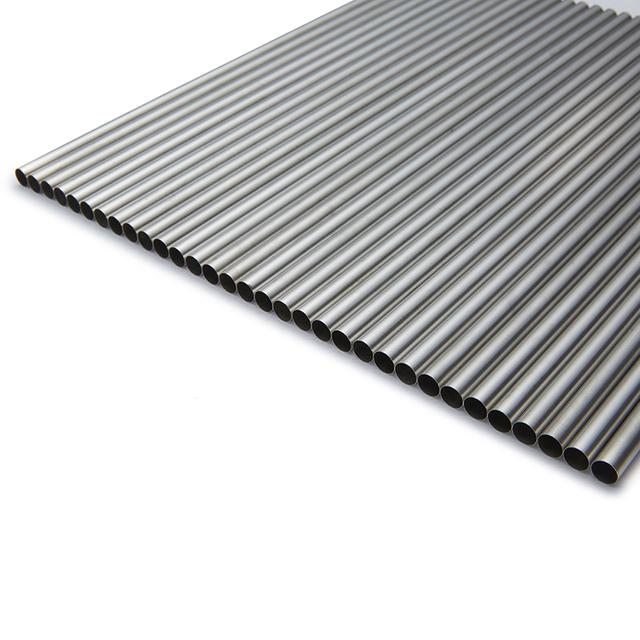
Copper capillary tube is used in many energy systems. It helps control flow in hvac and refrigeration. Copper capillary tube moves heat fast. This makes it good for heat exchange. You find copper capillary tube in air conditioners and radiators. It is also in refrigeration units. These tubes help systems work better. They also support green solutions.
Huashang Steel has copper capillary tube in many sizes. You can pick the tube that fits your system. Custom tubes help with new refrigerants and better efficiency. You also meet rules with special copper capillary tube designs.
Tip: Copper capillary tube keeps flow steady and saves energy in heat exchange.
You can use more than copper capillary tube in your systems. Advanced alloys like stainless steel, nickel alloys, and titanium are options. These tubes work well in tough places. They help energy systems grow. Stainless steel capillary tubes do not rust and last long. Nickel alloys handle high heat and chemicals. Titanium capillary tubes are strong and light.
Here is a table that shows how these materials compare:
Material | Thermal Conductivity | Corrosion Resistance | Durability | Cost | Typical Applications |
|---|---|---|---|---|---|
Stainless Steel | Moderate | High | Excellent | Moderate to High | Chemical plants, marine, heat exchangers |
Copper | High | Good | Moderate | Moderate | Air conditioners, radiators, refrigeration |
Nickel Alloys | Moderate | Very High | Excellent | High | High-temp systems, turbines, reactors |
Huashang Steel gives you many capillary tube choices. You can pick standard capillary tube or precision capillary seamless tube. There are also ultra thin wall seamless tube and ultra thick wall seamless tube. You get the tube that fits your needs.
Stainless steel capillary tubes are strong and used in oil and gas, cars, planes, and chips.
You use capillary tubes for moving fluids and gases in hard places.
You can choose the diameter, wall thickness, and tube shape. This helps with research, testing, and industry work.
You see better heat exchange and system efficiency. These materials help build stronger systems. They also help energy systems grow.
The capillary tube accessorie market is getting bigger very quickly. Many things are making this happen. People want to save more energy. New ideas in HVAC and refrigeration need better accessories. The U.S. Department of Energy says HVAC uses a lot of the world’s energy. This means we need systems that use less energy. More factories are being built in growing countries. More people are buying air conditioners. All these things help the capillary tube accessorie market get larger.
The capillary tube accessorie market is growing fast around the world.
People want to save energy and new HVAC systems are getting better.
The U.S. Department of Energy says HVAC uses a lot of energy, so we need to make it better.
More factories and more air conditioners in new countries help the market grow.
Better ways to make things help the market too. New systems need very exact parts. Capillary tube accessories are important for HVAC and refrigeration. They help control how things flow and keep things cool. More businesses, like car makers and hospitals, use these accessories. People want to save energy and help the planet, so the market keeps growing.
The capillary tube accessorie market is now used in many products and jobs. Capillary tubes are found in heat exchange systems, medical tools, and lab machines. Hospitals and clinics use them to help doctors check and watch patients. Capillary tubes are also used in other jobs, showing they can do many things.
Application Segment | Description |
|---|---|
Hospital & Clinic | This area will grow a lot because more people need healthcare. |
Laboratory | Used for checking and watching, showing capillary tubes can do many things. |
Other | Used in many other jobs, showing capillary tubes are used in lots of ways. |
Huashang Steel makes capillary tube accessories for many different uses. You can pick from many sizes and materials. This helps you find what your system needs. Capillary tube accessories help with heat, cooling, and moving liquids. These new trends mean the market will keep getting better and bring new ideas.
There are new changes in capillary technology with digital tools. Smart monitoring lets you check capillary tubes all the time. Sensors in smart hvac systems watch temperature, pressure, and flow. You get alerts when things change. This helps you fix problems early. Huashang Steel makes capillary tubes that work with digital sensors. You can use these tubes in heat exchange systems to see thermal changes and keep things working well.
Smart monitoring helps save energy and protect nature. You can see how capillary tubes move heat and fluids. You can change settings to make things work better. Hospitals, factories, and buildings use these systems to keep air clean and safe. You get good results and help the environment.
Tip: Smart monitoring helps you find problems early and keep your systems working well.
You can use data to make capillary systems work better. IoT devices collect information from capillary tubes and send it to computers. You can see how your systems work every day. This helps you find ways to save money and energy. Huashang Steel uses advanced capillary tubes in smart hvac systems to help with data-driven improvements.
Here is a table that shows how IoT and capillary tubes work together:
Evidence Type | Description |
|---|---|
Performance Improvement | Real-time data helps you find problems and make things better. |
Cost Reduction | IoT helps lower downtime and costs for running systems. |
Energy Efficiency | Smart HVAC parts with sensors help save energy and make systems last longer. |
Regulatory Compliance | New ideas help meet rules for better performance and sustainability. |
You see more digital solutions for capillary and heat exchange systems. Data-driven performance helps you follow new rules and reach higher standards. You get better thermal management and longer system life. These changes help the environment and make energy systems stronger.
Capillary tube technology helps energy systems be more green. These tubes lower pollution and help the planet. Many studies show capillary tubes work well in heat exchange systems. For example, capillary tube heat exchangers keep greenhouse temperatures steady. They also help save money on energy. Some capillary heat exchangers use over 50% less energy. You get better thermal efficiency and more reliable energy storage every day.
Study | Application | Results | Energy Cost Reduction |
|---|---|---|---|
Lazarus (2015) | Capillary tube heat exchanger in greenhouse | Kept temperature at 12°C | 25% in December |
Attar et al (2013) | Optimized capillary heat exchanger | Lowered energy costs | 51.08% in April |
Hazami et al (2017) | Cooling source at 30m depth | Thermal efficiency about 80% | N/A |
Hazami et al (2017) | Local solar energy storage | Daily energy storage 30%-49.5% | N/A |
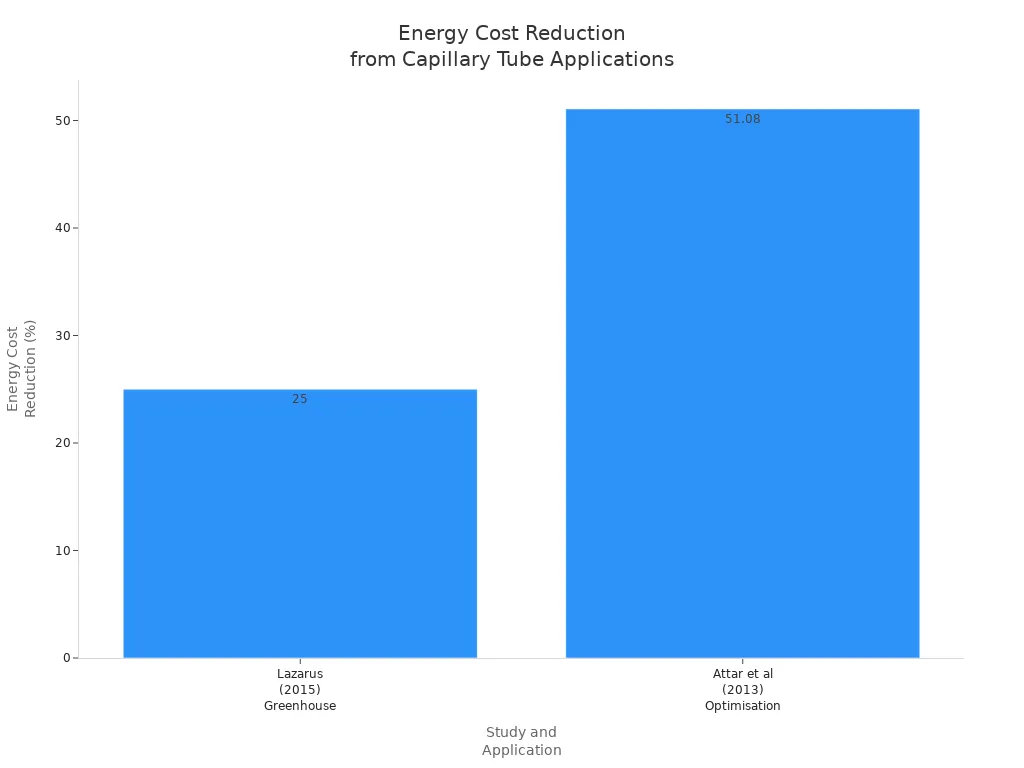
Choosing capillary tube solutions helps nature. These trends show people care about sustainability for the future.
Capillary tube systems help you save money. You pay less for energy and repairs. Capillary tubes make heat exchange systems work better. This means you save money and use less energy. Your system lasts longer and breaks down less. Many people say their costs went down after using capillary tube technology. Huashang Steel makes capillary tubes that fit your needs and help you save.
Capillary tube use will grow after 2025. Experts think more people will want straight capillary tubes and HVAC systems. The market will get bigger as people want to save energy. There are some problems, like high installation costs and hard heating and cooling systems. Some workers do not know enough about these systems. But new technology and more focus on being green will help.
High installation costs
Hard radiant heating and cooling systems
Not enough knowledge among workers
Segment | Expected Growth |
|---|---|
Straight Capillary Tubes | Big growth |
HVAC Systems | Big CAGR |
You will see more automation and smarter ways to work. Countries like the UK, Germany, and France lead these changes. The capillary tube market will keep growing as people want better heat exchange and green solutions.
You notice big changes in how capillary tubes are used for energy. New studies show heat exchange systems are getting better. Thermal solutions are also improving. The table below shows how capillary tube performance changes with different power levels.
Parameter | Value at 200 W | Value at 500 W |
|---|---|---|
Outlet Water Temperature (°C) | 29.1 | 36.8 |
Average Heat Release Rate (W/m²) at 0.070 m³/h | 61 | N/A |
Average Heat Release Rate (W/m²) at 0.085 m³/h | 87 | N/A |
Average Heat Release Rate (W/m²) at 0.100 m³/h | 115 | N/A |
Peak Heat Release Rate (W/m²) | Decreased from 171 to 148 | N/A |
Minimum Heat Release Rate (W/m²) | Decreased from 88 to 65 | N/A |
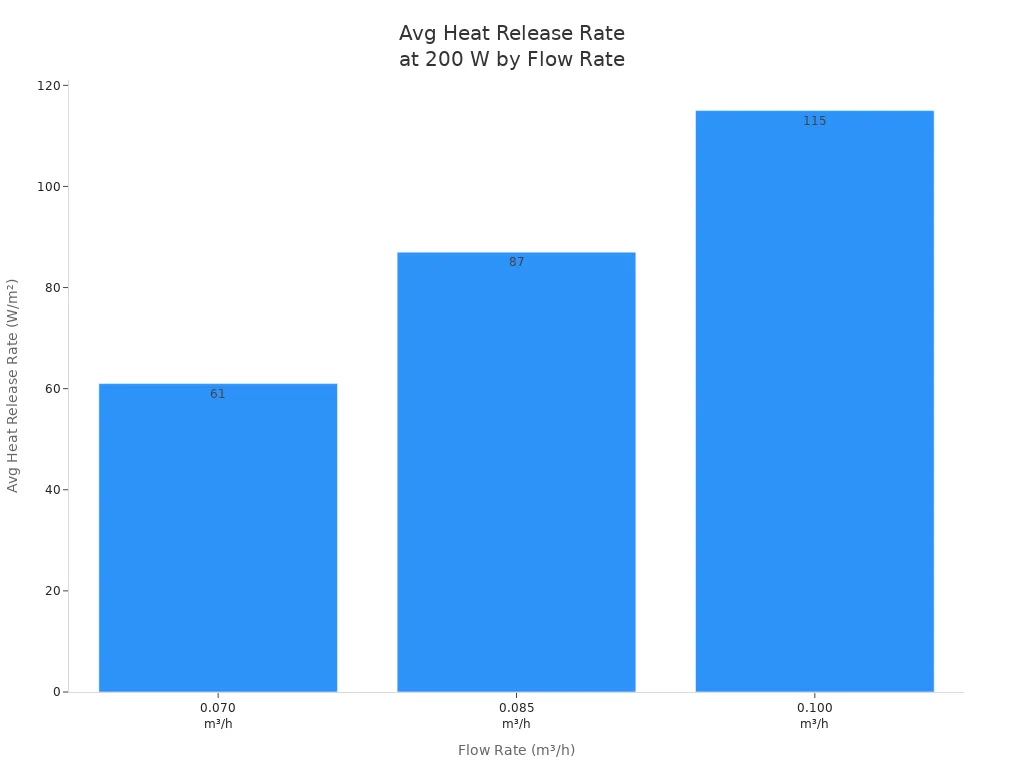
AI and automation help you make better capillary exchange systems. These tools also help you stop problems before they happen. Power plants are growing all over the world. More money is being spent on new energy solutions. Huashang Steel gives you custom capillary products for your needs. You can look for new ideas to stay ahead.